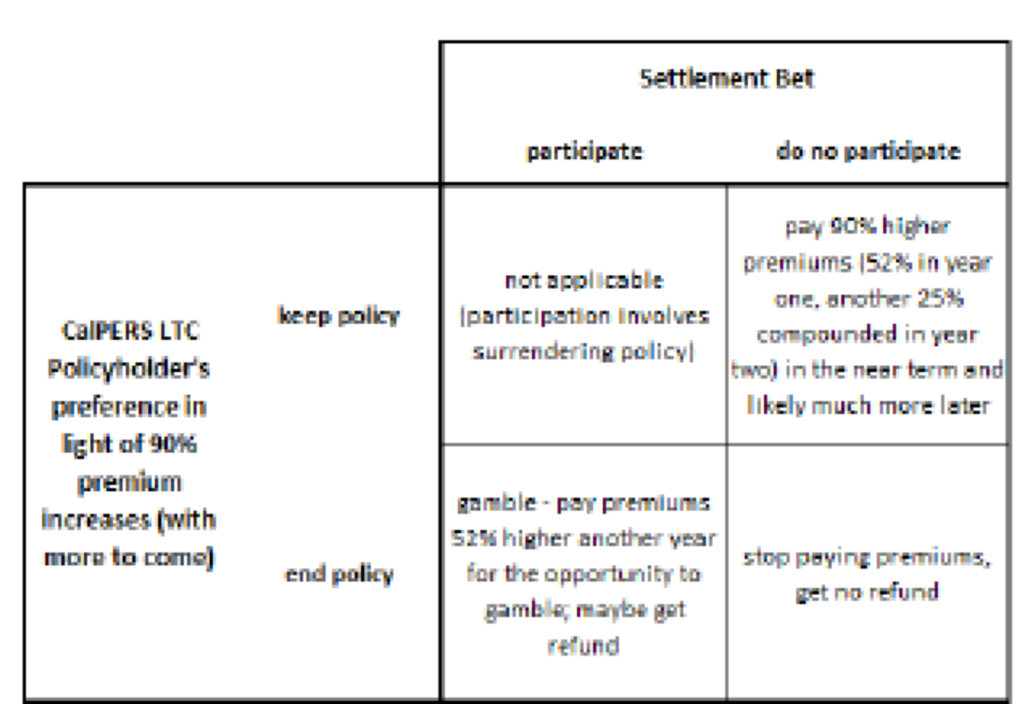Graphic:

Excerpt:
The financial press has gone into a round of hand-wringing over CalPERS’ efforts to chase higher returns in a systematically low-return market, now by planning to borrow at the CalPERS level on top of the leverage employed in many of its investment strategies, in particular private equity and real estate.
These normally deferential publications are correct to be worried. Not only is this sort of leverage on leverage dangerous because it can generate meltdowns and fire sales, amplifying damage and potentially creating systemic stresses, but the debt picture at CalPERS is even worse than these accounts they depicted. They failed to factor in yet another layer of borrowing at private equity funds and some real estate funds called subscription line financing, which we’ll describe shortly.
…..
CalPERS tells other less obvious fibs, such as trying to depict private equity as so critical to success that it need to put more money on that number on the roulette wheel. Remember, the name of the game in investment-land isn’t absolute performance but risk adjusted performance. Not only has private equity not generated the additional returns to compensate for its extra risk at least as long as we’ve been kicking those tires (since 2012), academic experts such as Ludovic Phalippou, Richard Ennis and Eileen Appelbaum have concluded private equity has not even beaten stocks since the financial crisis.
Let us stress that unlike German investors, who have a pretty good handle on all the leverage bets in their investment portfolios and thus can make a solid estimate of how much risk they are adding via borrowing across all their investments, CalPERS is flying blind with respect to private equity. It does not have access to the balance sheets of the portfolio companies in its various private equity funds.
And while having balance sheet would be a considerable improvement over what is has now, it doesn’t give the whole picture. CalPERS would also need to factor in operating leverage. When I was a kid at Goldman, whenever we analyzed leverage (as in all the time), we had to dig into the footnotes of financial statements, find out the amount of operating lease payments, and capitalize them, as in gross up the annual lease payments to an equivalent amount of borrowing so we could look at different companies on a more comparable basis.
Author(s): Yves Smith
Publication Date: 10 Dec 2021
Publication Site: naked capitalism

